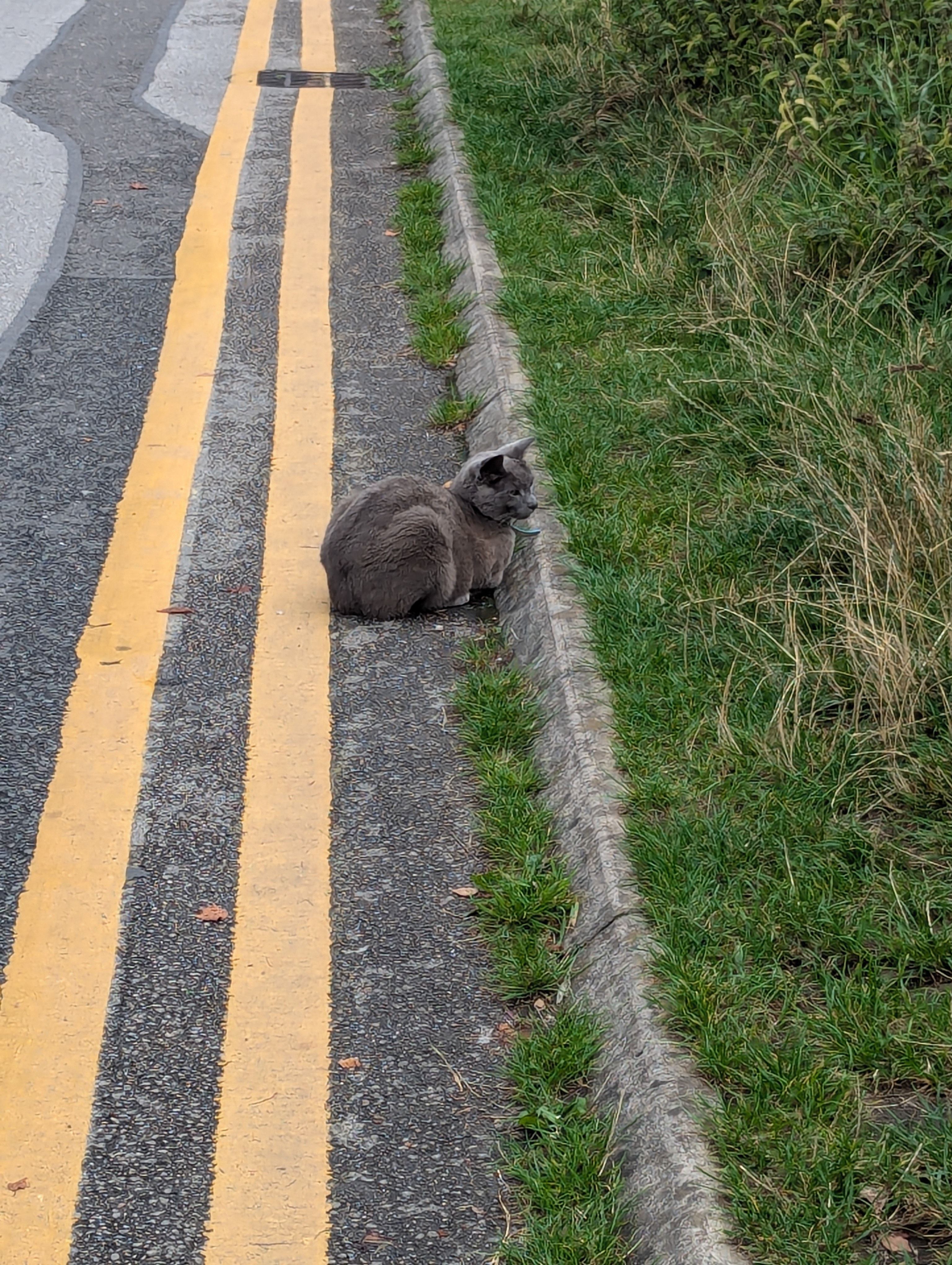C4b
Cards (29)
- What is the process used to extract metals from molten or dissolved compounds?
- Why is electrolysis used for extracting aluminium?
- What is a disadvantage of electrolysis for metal extraction?
- What type of current is used in electrolysis?
- What is the positive electrode called in electrolysis?
- What is the negative electrode called in electrolysis?
- What happens to positive ions during electrolysis?
- What happens to negative ions during electrolysis?
- What mnemonic helps remember the electrode charges?
- What is mixed with aluminium oxide to reduce its melting point?
- What is the reaction for the extraction of aluminium from aluminium oxide?
- What occurs at the cathode during aluminium extraction?
- What occurs at the anode during aluminium extraction?
- What does OIL RIG stand for in electrolysis?
- What happens to the carbon electrodes during electrolysis?
- What is the reaction for carbon reacting with oxygen during electrolysis?
- What happens to water during electrolysis in an aqueous solution?
- What is produced at the negative electrode if the metal is less reactive than hydrogen?
- What is produced at the negative electrode if the metal is more reactive than hydrogen?
- What is formed at the positive electrode if halide ions are present?
- What is formed at the positive electrode if no halide ions are present?
- What are the products of the electrolysis of brine?
- What is the reaction at the positive electrode during the electrolysis of brine?
- What is the reaction at the negative electrode during the electrolysis of brine?
- What is the reaction in solution during the electrolysis of brine?
- What is produced in sodium chloride solution during electrolysis?
- What are the steps involved in the electrolysis of aluminium oxide?
- What are the key concepts of electrolysis in solutions?
- What are the differences in products at the electrodes based on metal reactivity during electrolysis?
